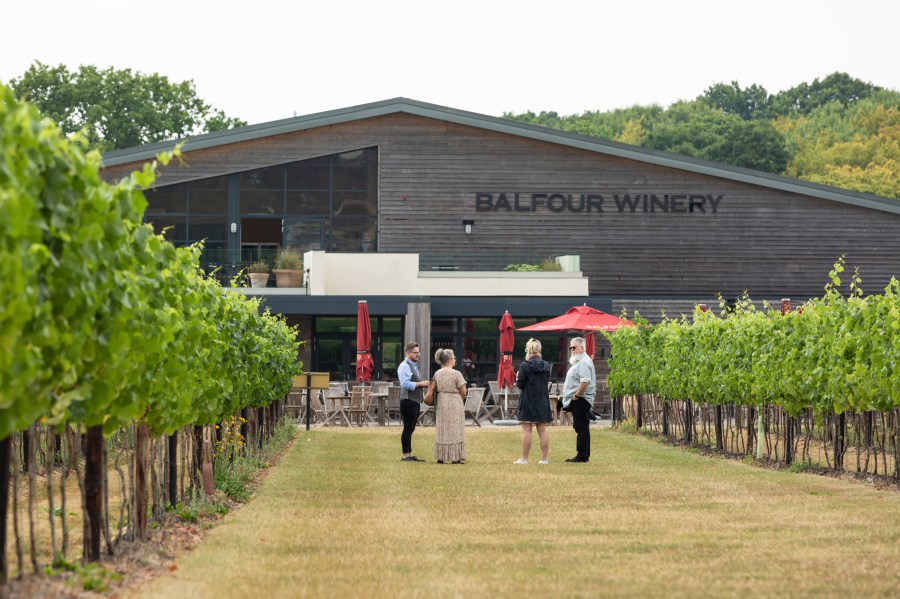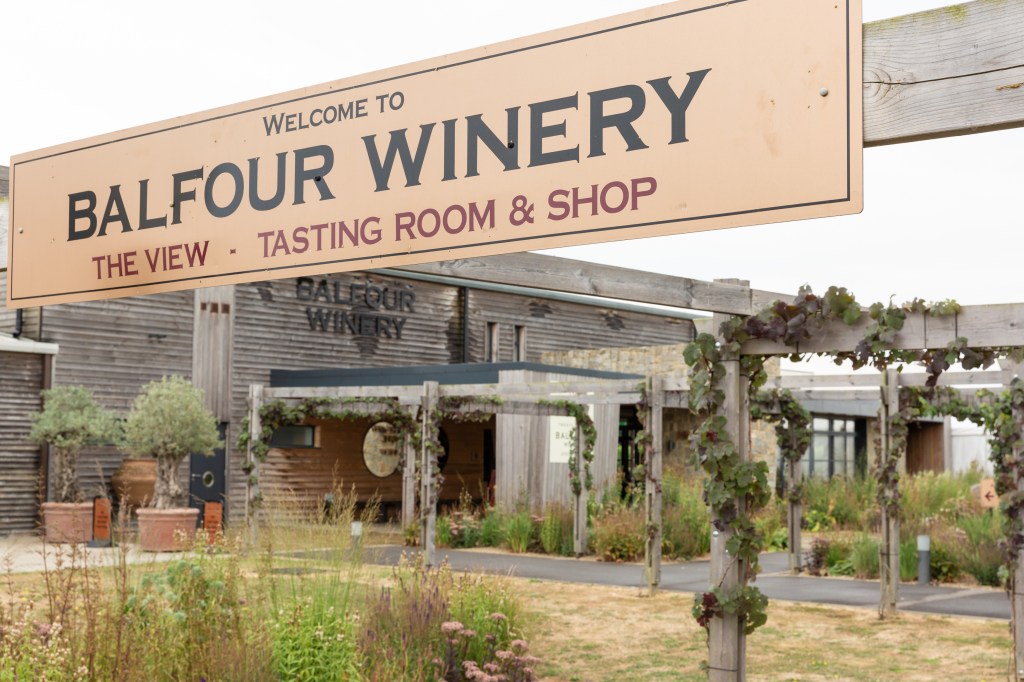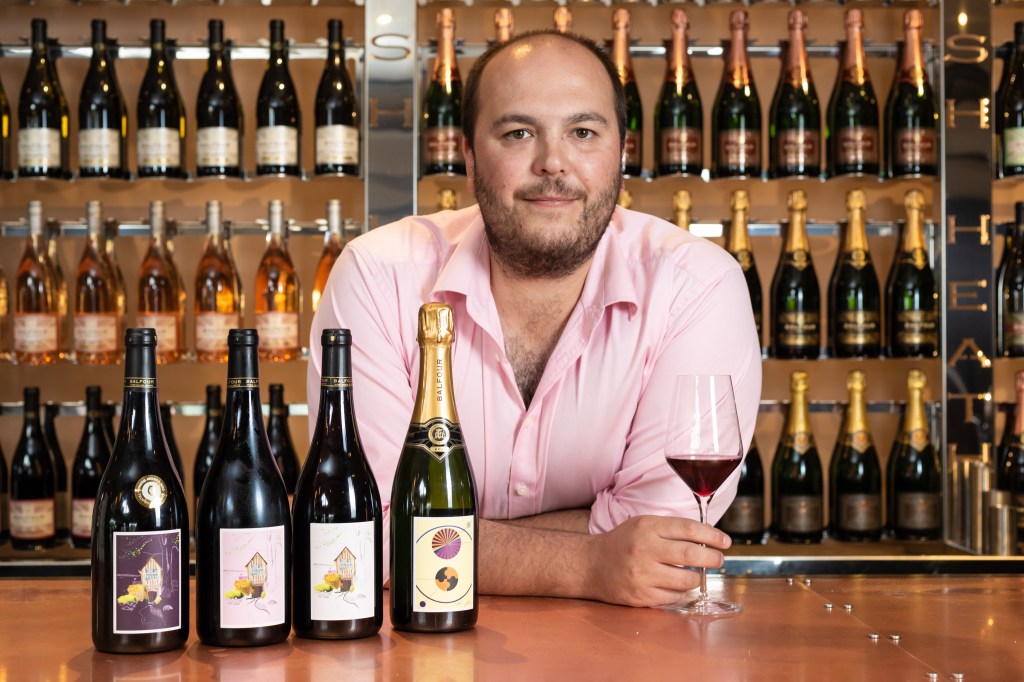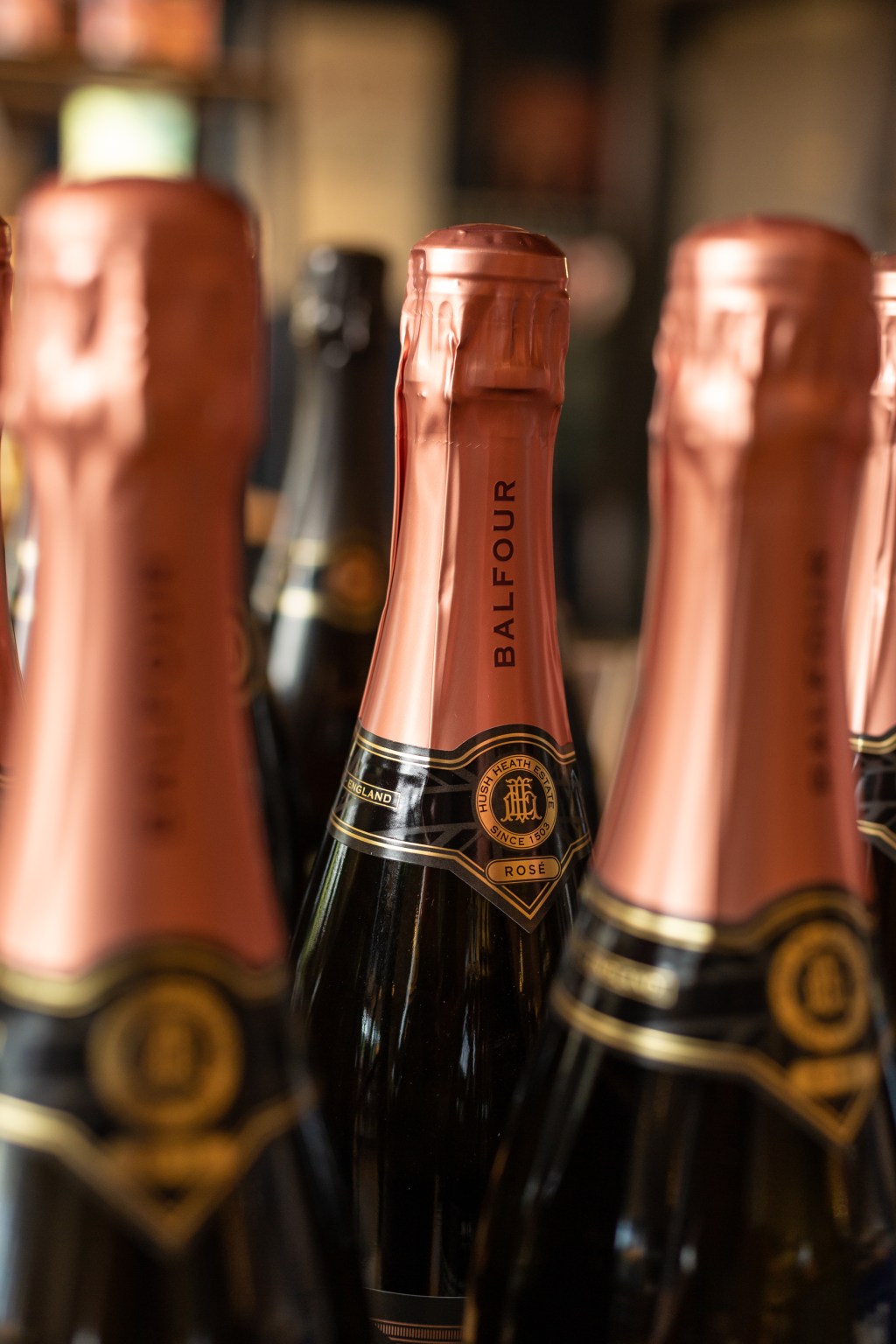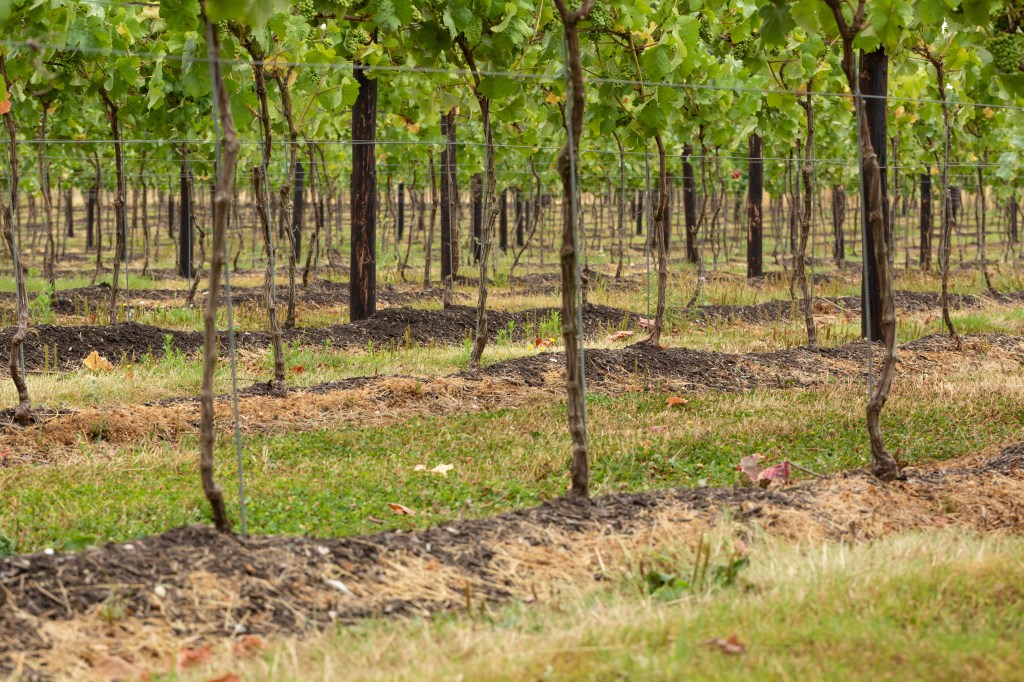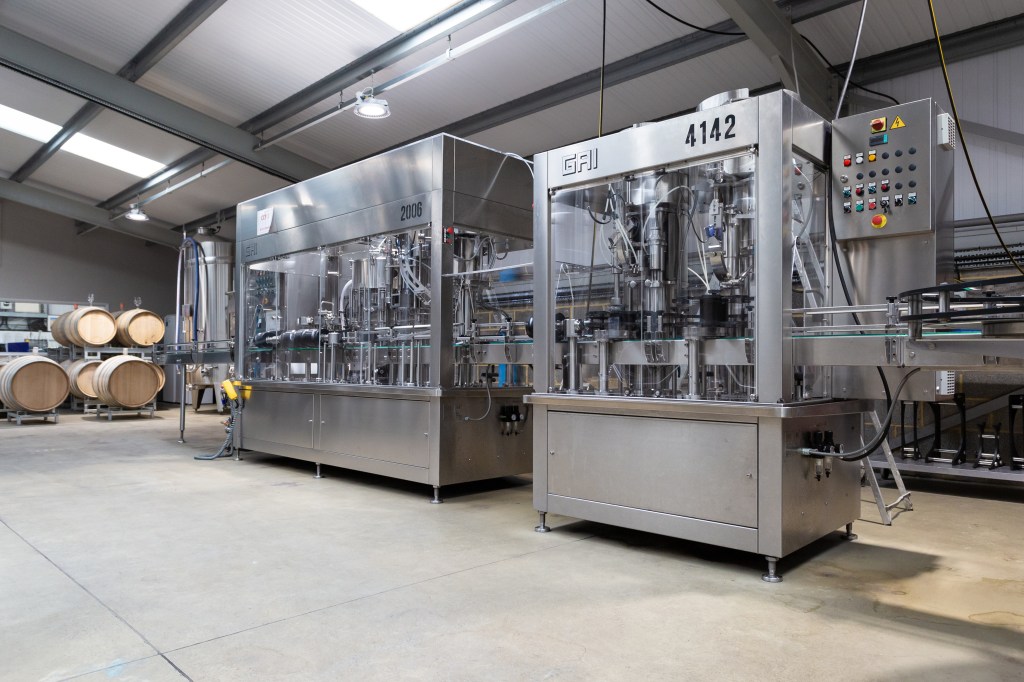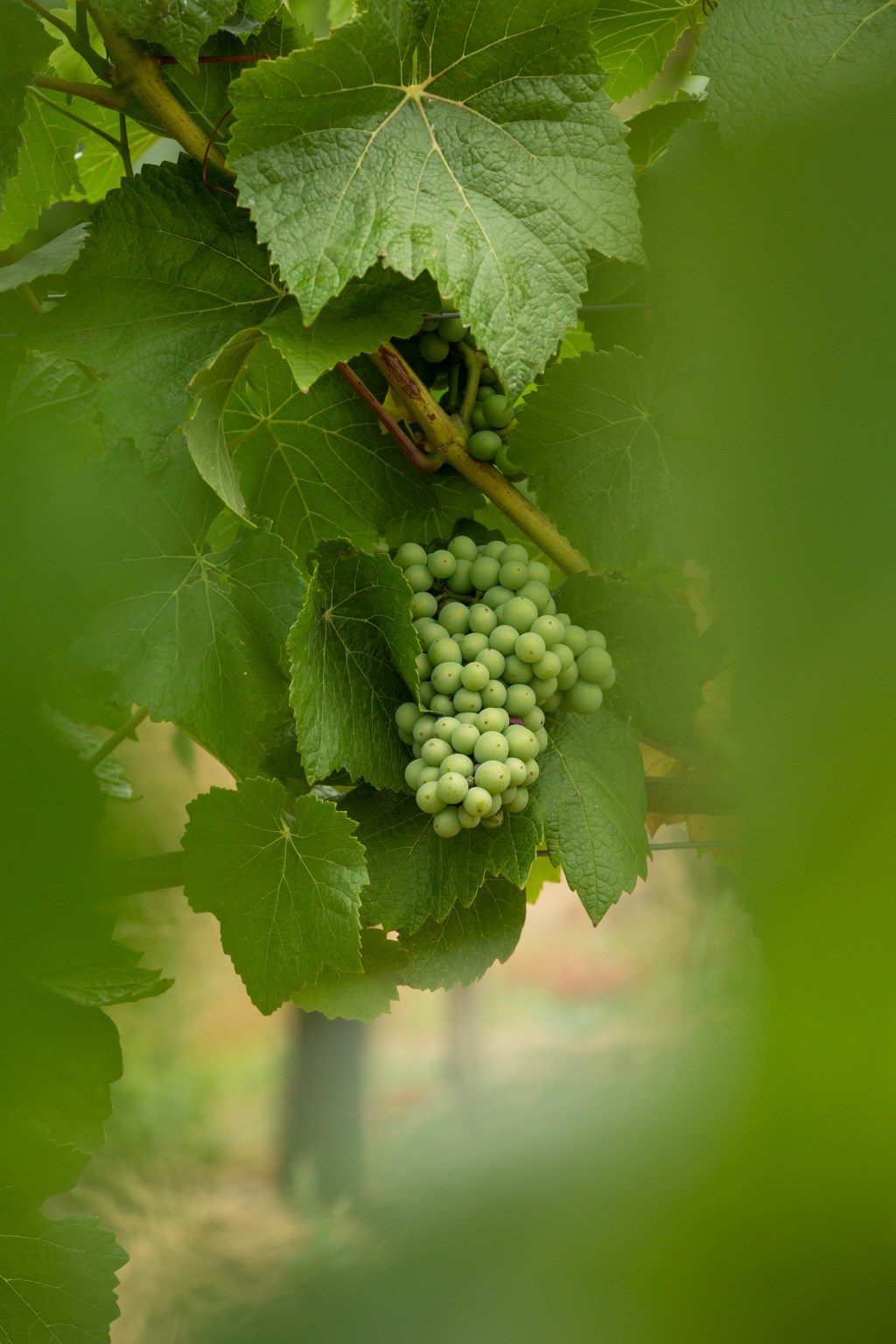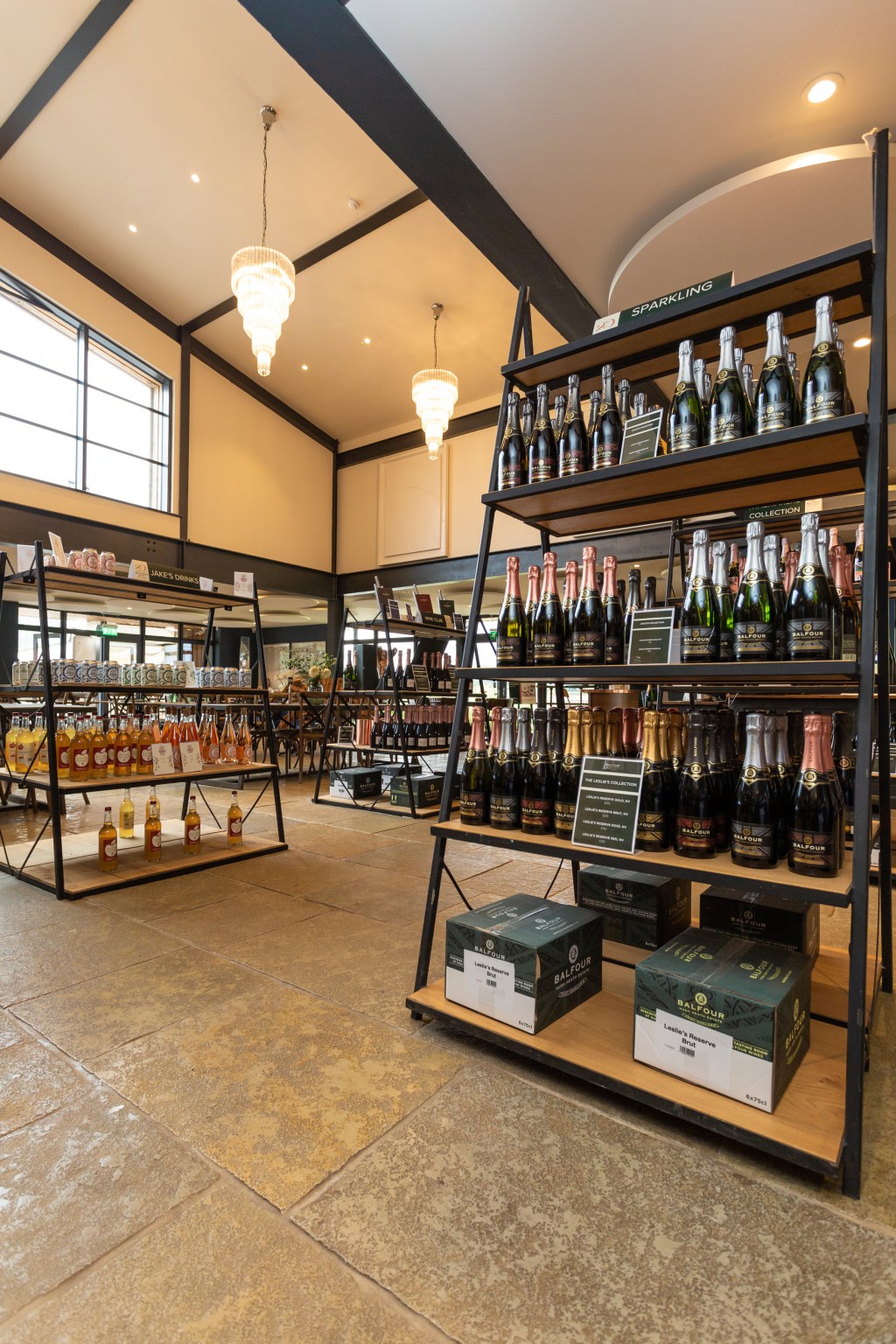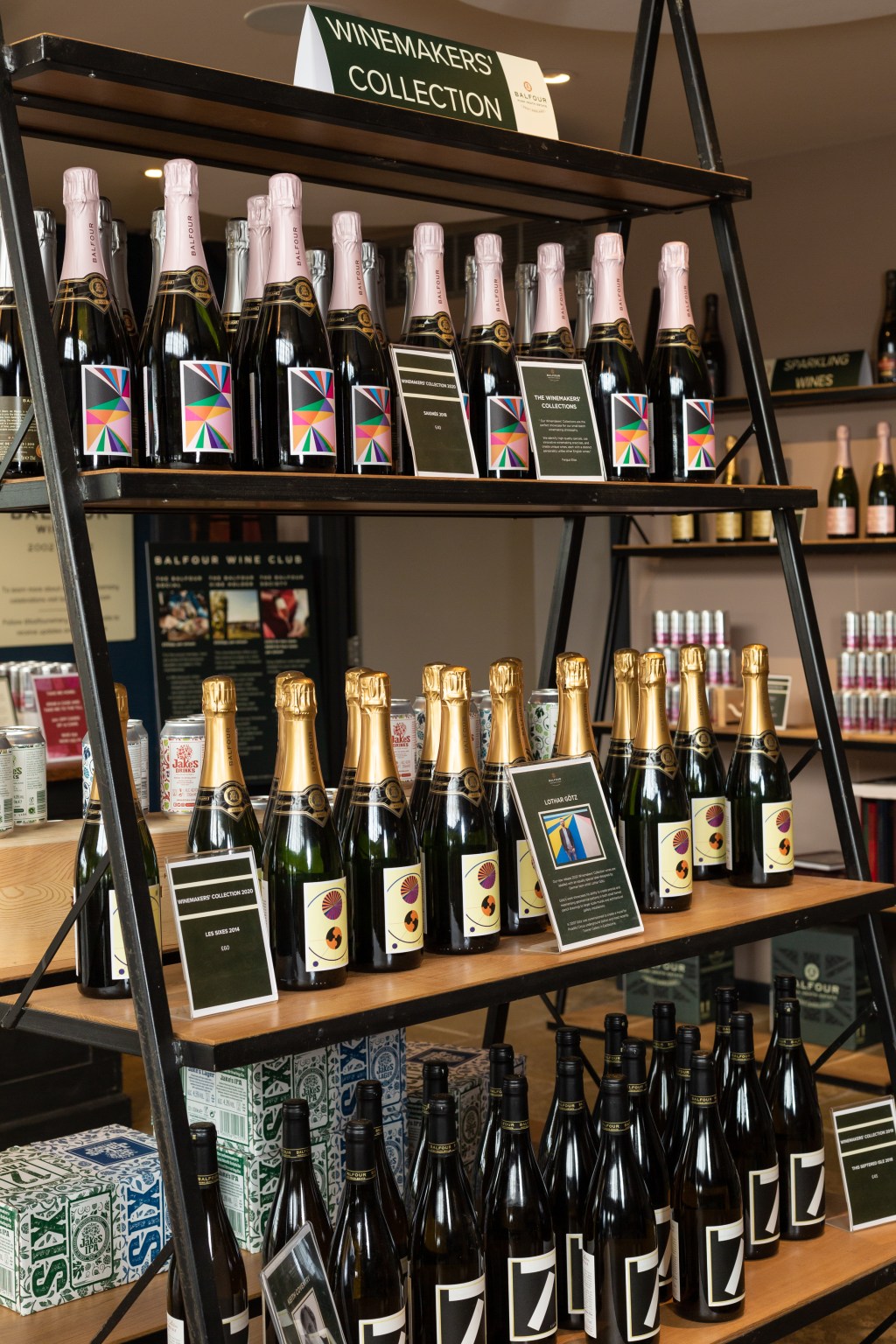Billecart Salmon rosé – their favourite Champagne, was the inspiration for Richard and Leslie Balfour-Lynn’s idea to plant vines at their Hush Heath estate in 2002. Christian Davis visits.
Balfour Winery is one of England’s leading wine producers, pioneers for both English traditional method sparkling wines, and a new wave of English still wines.
Making more than 400,000 bottles of still and sparkling wines each year, Balfour is one of England’s most respected and renowned wineries, combining world-class winemaking with a spirit of innovation.
Hush Heath is the home of Balfour Winery. A Tudor estate in the heart of Kent. The estate comprises 400 acres of vineyards, apple orchards, wildflower meadows and ancient oak woodland, said to be rich in flora and fauna. Sustainability and conservation are of paramount importance and reflected in the practices used across the estate, the company stated.
Kent has a claim to be the warmest and driest county in England. With a variety of soils, including clay, chalk and greensand, Kent is considered a near perfect location for making sparkling wine and cool-climate still wines.
Richard and Leslie Balfour-Lynn established their vineyard in 2002, with the sole ambition of making a sparkling rosé capable of competing with Billecart-Salmon rosé. The first vineyard, Oast House Meadow, was planted with that in mind. A mixture of the three Champagne varieties with predominantly Champagne clones used. Five years later, Balfour Brut Rosé 2004 became the first English wine to win a gold medal and trophy at the International Wine Challenge. The wines were originally made by Owen Elias during his tenure as director of wine at Chapel Down.
Up until 2010 this remained the model with one single SKU being made at Chapel Down with a growing reputation (IWC trophy winner, Orient Express, BA first class.) It was at this point the decision was made to build and establish a winery and expand the plantings. Fresh sites were chosen between 2009-2011 and a growth in both production and range took place.
Now making up to 500,000 bottles, Balfour is on the verge of its next growth phase with new plantings across Kent and even a couple of sites in Essex. The plan is to grow to 750,000-1 million bottles a year, by 2026.
When it comes to all things winemaking, the Balfour-Lynns look to the ‘dynamic duo’ of Owen Elias and his 30-year-old son, Fergus.
Formerly from Chapel Down, Owen is the strong, near silent type while Fergus is almost the opposite: humorous, wise-crackling, self-deprecating, gregarious. So, are their winemaking styles as different as their personalities?
“My father’s style (of winemaking) is more, pure, clean, linear, stainless steel,” he itemises. “Whereas, I like malolactic, bâtonnage (stirring settled lees) and a bit of oak to give texture and body. But we work well together and, I think, complement each other. With two winemakers, it means one can visit other sites while the other is working in the winery.
“We are both quite adventurous. We both like planting strange varieties. I think we are the only vineyard planting Petite Meslier and Arbane, original varieties of Champagne. We now grow about eight varieties, including Pinot Blanc, Gamay, Albarinho. Also Boltis, a new hybrid.”
Fergus said he “grew up” at Chapel Down, spending easters and summers working there, in the shop and in the vineyard. But then he went to study ancient history at Liverpool university. In the meantime, Owen moved from Chapel Down to Hush Heath.
“Richard (Balfour-Lynn) offered me a job as a cellar hand. I went to Plumpton and got an MSc in viticulture. I have been at Hush Health full time since 2014.”
The Balfour business comprises a whole lot more than just winemaking. It has about 12 pubs, hotels in Central London, East Sussex, Kent and the Cotswolds, including the Balfour at Bow Wine Vaults and St Barts; the Goudhurst Inn; The Tickled Trout in West Farleigh – to name a few.
Richard Balfour-Lynn’s background before he bought the country estate, was hotels. He was involved with the likes of De Vere, Malmaison and Hotel du Vin. At the moment he and the company are heavily involved with a proposal to create a boutique ‘wine hotel’ in the Archbishop’s Palace in Maidstone.
Fergus remarks: “The Archbishop’s Palace is a grade I listed building so everything we do has to go through all the various bodies. It is very much a ‘slow burn’ but it is all looking quite positive. It is something Maidstone needs.”
The estate also puts on events. For its 20th anniversary, it ran: Summer Cocktail Evenings, sponsored the Rye Jazz and Blues Festival, Jazz and Wine Evening, Summer Dining Club and Vinyasa in the Vineyard – a snip at £65 with lunch.
Balfour also has branded ciders and beers – Jake’s Ciders, made with 100% juice from the Kentish dessert apples Russet, Cox and Bramley. Grown on the estate’s orchards, each variety is fermented separately, then blended by Owen and Fergus. And Jake’s Beers, where the Owen and Fergus combine their knowledge with the expertise of Cellar Head, a local Kent brewery that Balfour Winery has a partnership with. They draw on Kent’s heritage for growing hops, reviving forgotten varieties and combining them with modern hybrids to create beers with a defined personality.
Fergus Elias reiterates: “All, of our projects are ‘winemaker driven’. That is our USP. Cellar Head is my favourite brewery.”
Balfour deals with all sorts: on-trade (obviously), retail – supermarket own label – Tesco, M&S and the Co-Op.
“I love those wines. You don’t get many English wines of this quality good quality at that price point. We do big macro wines. That is a lot of fun in their own way. We also do much smaller release, such as the Winemakers’ Collection, which are under 1,000 bottles for example, the Pinot Noir is interesting. We have our first release of Albarinho – I am quite excited as 2021 was nothing especially fabulous that year, but I am quite encouraged. It was on some good sites of greensand. Gamay: We might not yet ‘run with that bus’.”
Jovially, Fergus said about the small batches: “The risk is low. So, if no one likes it, it doesn’t matter… But hopefully, they will!”
Wines such as Gatehouse’s Keeper have also won awards. There’s also the Leslie’s range, named after Richard Balfour-Lynn’s wife. Mary Rose is named after Elias’s mother.
The Winemaker’s Collection wines are made because they are interesting. It is the only range where the winemaker is individually named, credited, on the back label.
“The whole idea is to make quality wines. It is not just about making a nice Chardonnay. It needs to have something interesting about it.
“The latest collection is about oak. We do not use a lot of oak at Balfour. I only buy new barrels and only four to five a year. I do not want second hand barrels with someone else’s bacteria! I keep them forever. If we did buy a shedload of new oak, it would sway the style. The new oak component is small, maybe they have seen as much as 15% barrel. We are very careful. The new oak is there, but softened in the blend. I have about 40 barrels, five more this year. It’s a case of slowly, slowly.
“I want to grow that percentage, but it’s about patience. ‘Time is an ingredient’, as someone once said.
“If you look at what was planted in 2004, you’d ask: ‘What is happening? Was there a clear plan but only Dad could see it? No, its been ‘brewing’ for 20 years when the first vineyards were planted.
“It was Billecart Salmon rosé that Richard and Leslie loved. So, they ‘impudently’ wanted an English version. They got in touch with Chapel Down and the vineyard was planted to that spec.”
Apparently, Richard Balfour-Lynn took staff from his hotels to pick the fruit. Pay? They got a party.
“So their pink, sparkling rosé, the first at over £30, won an IWC award – A nice horse to trot out,” said Fergus.
“It was the first English wine on BA first class, Orient Express, at the London Olympics. It was a trailblazer. It was a phenomenal success and still is. There are not many wines where there is a weight of expectation. It is still quite rare. We are a young industry, and we are still making it up as we go along.”
The style profile of a Balfour sparkling rosé: “It should reflect the vintage while staying true to its heartland style – crisp, linear, fruit-driven, with red fruit more redcurrant, raspberry, but a herby finish. It is there in every literation. 2014 can be a bit ‘sagey’, an interesting finish. It’s an Owen wine, I can’t take any credit for it. I just work with my father,” concludes Fergus.
- Hush Heath Estate, Balfour Winery, Five Oak Ln, Staplehurst, Tonbridge
- Head Winemaker Fergus Elias. Hush Heath Estate, Balfour Winery, Five Oak Ln, Staplehurst, Tonbridge
- Hush Heath Estate, Balfour Winery, Five Oak Ln, Staplehurst, Tonbridge
- Hush Heath Estate, Balfour Winery, Five Oak Ln, Staplehurst, Tonbridge
- Hush Heath Estate, Balfour Winery, Five Oak Ln, Staplehurst, Tonbridge
- Pinot Noir grapes. Hush Heath Estate, Balfour Winery, Five Oak Ln, Staplehurst, Tonbridge
- Hush Heath Estate, Balfour Winery, Five Oak Ln, Staplehurst, Tonbridge
- Hush Heath Estate, Balfour Winery, Five Oak Ln, Staplehurst, Tonbridge

